Soap Sally, a Villain of Appalachia and the American South, Echoes Old World Evil
The wicked washerwoman, child murderer, and entrepreneur has parallels to Baba Yaga and other classic European folk figures.
When Tabatha Saint was a young girl growing up in rural Alabama, her knees often stained green from exploring the weedy garden and wild places of her family’s 80 acres, her grandmother Louise would tell her stories. One stood out: a folktale of murder, lye, and missing children.
Soap Sally, Grandmama Louise said, lived in the nearby woods, and waited with her basket for misbehaving children to tire of doing chores. “She would look to us like someone we would trust,” Saint says, recalling her grandmother’s warning. “Maybe a child, or an animal that we had been trying to pet, a rabbit, a fox. … She would tell us that we would want to follow Soap Sally because it would seem like a lot of fun.”
The stranger would lead the children back to her cottage, where they would gorge themselves on candy and fall asleep. From there, Grandmama Louise’s tale darkened.
“Soap Sally would put us in her stewpot,” Saint says, “and our skin would basically melt away from our bones and she would turn us into wax.” Soap Sally would fashion the melted fat into soap or candles shaped like hands—symbolizing the children’s idle, chore-shunning hands—and then sell them back to her victims’ families, who, in effect, ended up burning or doing the wash using their own children.

The uniquely American villain that is Soap Sally has been part of Southern folklore since at least the 19th century. The exact origins of this murderous figure are unknown, and specific descriptions of her range from a shape-shifting crone lurking in the woods to the town washerwoman; in one version, found in the Atlanta area, Soap Sally is the Black employee of a white-owned commercial laundry.
A few details remain consistent about Soap Sally, however: In addition to posing a threat to children, she is a woman who lives outside the traditional hierarchies and conventional gender roles of her community. She shares these traits with other devious and independent female folkloric figures, particularly in Europe, such as the witch in Hansel and Gretel. Soap Sally even has parallels with the archetypal witch of Slavic traditions, Baba Yaga. But there are two things that set this American menace apart from similar characters: the common household chore of laundry, and a disturbingly high success rate.
Almost 70 years ago, University of South Carolina linguist Francis Bradley traced the emergence of Soap Sally back to the 19th century, when many rural families collected ash from the fireplace and stored it in a barrel, typically behind the barn or another farm building. The ash was eventually processed to leach out the lye, which was used for making soap. Pure lye, or the lye-rich liquid created during the process and sometimes called “lime water,” is extremely caustic. It can cause severe burns and even death, particularly if swallowed. Spinning tales of Soap Sally that associated the soap-making process with a gruesome death may have been a way to discourage curious children from ignoring their chores and instead taking a peek in the farm’s ash barrel. According to Bradley, stories of Soap Sally largely disappeared, along with ash barrels, following the introduction of mass-produced soap in the early 20th century.

The connection of Soap Sally to the integral household chore of laundry has parallels with Baba Yaga, who was associated with another important domestic task: keeping the oven going, a key part of rural Slavic life before the 20th century. Baba Yaga expert Helena Goscilo, who recently retired from Ohio State University, says that many of the character’s stories feature her oven, “a source of warmth, food preparation, and security, cementing the centrality of Baba Yaga’s oven in her hut.”
Baba Yaga and Soap Sally share something else: the role of judge. Sibelan Forrester, author of Baba Yaga: The Witch of the East in Russian Fairy Tales, says that “if Soap Sally grabs children who misbehave, they have that judging quality in common.” But while Baba Yaga often requires children to perform repetitive or meticulous chores, Soap Sally watches for children who slack off.
While the two figures also have a penchant for disposing of their victims in gruesome fashion—Sally turning their fat into soap or candles, and Baba Yaga decorating her fence with skulls—there are some important distinctions.
Goscilo says Baba Yaga is “more metaphysical and enigmatic,” inhabiting a far more complex mythology. And yet, Goscilo notes, “I don’t know of a single tale where the child gets cooked. They always outwit Baba Yaga.” In fact, while she is feared, Baba Yaga often provides wisdom and comfort to the children who nervously approach her house.
Soap Sally is not as powerful or as multi-layered as the Slavic archetype, but perhaps that makes her more terrifying. She single-mindedly seeks out children, entices them away from their homes to murder them and then, in a macabre final horror, makes a profit selling their remains back to their unwitting families to be used in common household tasks.
Tabatha Saint says that she passed Grandmama Louise’s tales to her own children before really appreciating how disturbing they were. But today, the chilling stories of Soap Sally live on mostly in oral history interviews preserved in collections such as the John Burrison Georgia Folklore Archives at the Atlanta History Center. In one of the interviews, recorded in 1967, Atlanta native Ronald Hunnicutt shared a novel version of Soap Sally: She was a young married woman beheaded by her husband after making him “miserable.” Her spirit remained trapped in their house, an eternal punishment for defying expectations, said Hunnicutt, of how a woman “should behave.”
This telling of Soap Sally’s legend departs significantly from other versions, but it does maintain the core premise of the character not acting as a woman “ought to.” Hunnicutt’s apparent indifference to the young woman’s fate echoes how folklore, particularly in Europe and in North American communities with European roots, is full of fearsome women, from Soap Sally to Baba Yaga (and many a witchy figure in between), who are symbols of the consequences—and sometimes the terrible power—of living outside societal conventions.
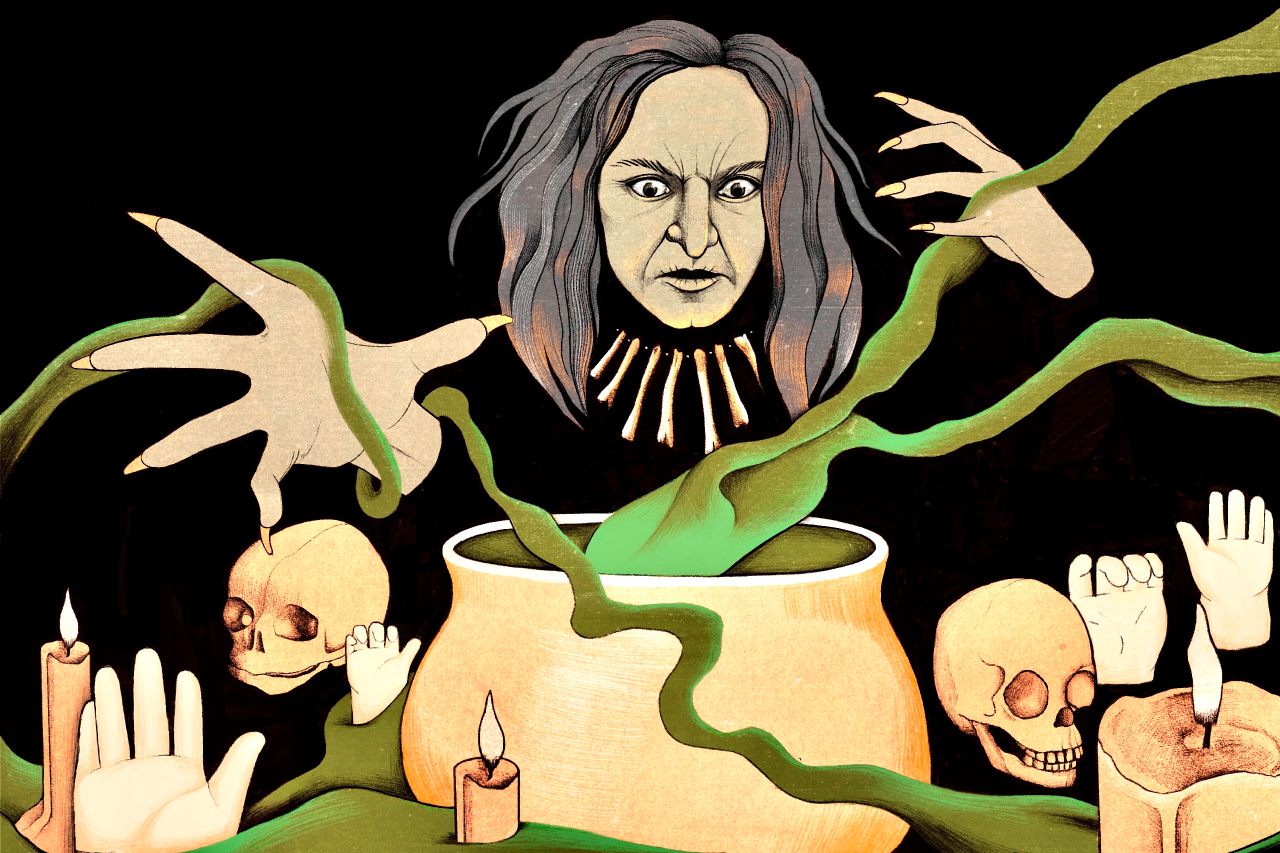

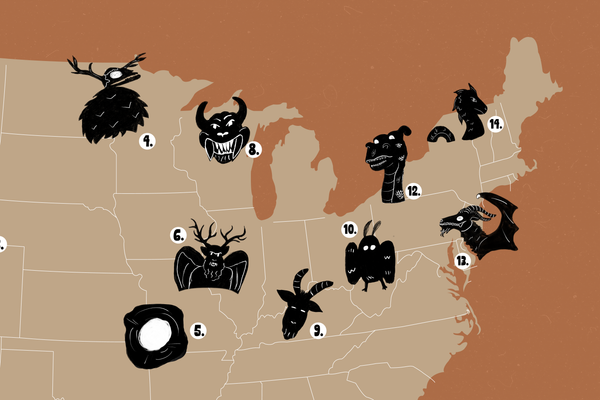
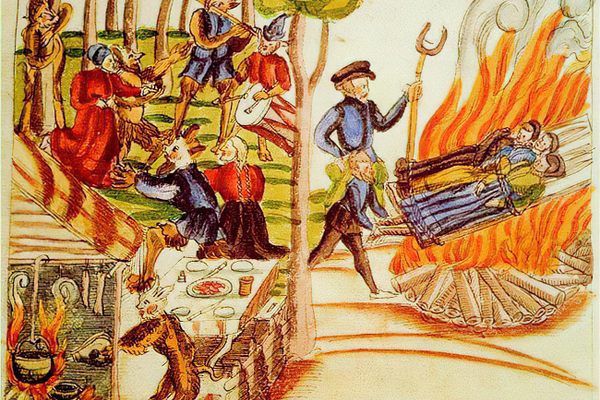
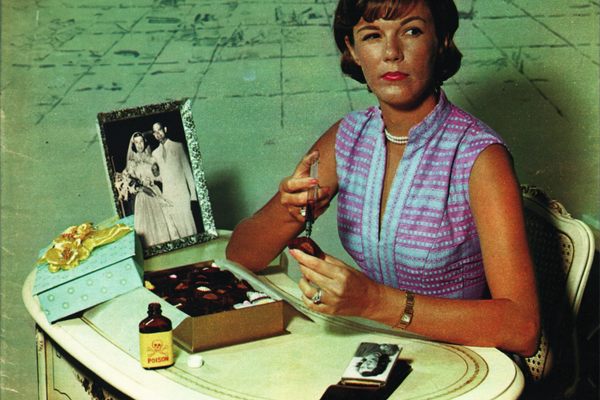
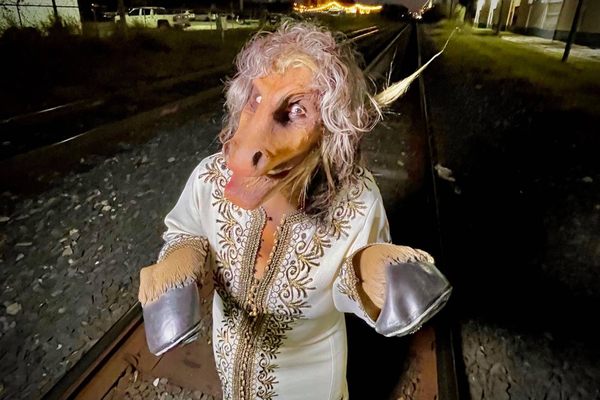
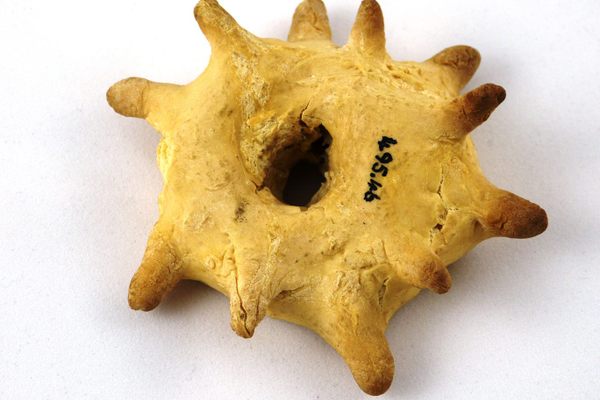






Follow us on Twitter to get the latest on the world's hidden wonders.
Like us on Facebook to get the latest on the world's hidden wonders.
Follow us on Twitter Like us on Facebook